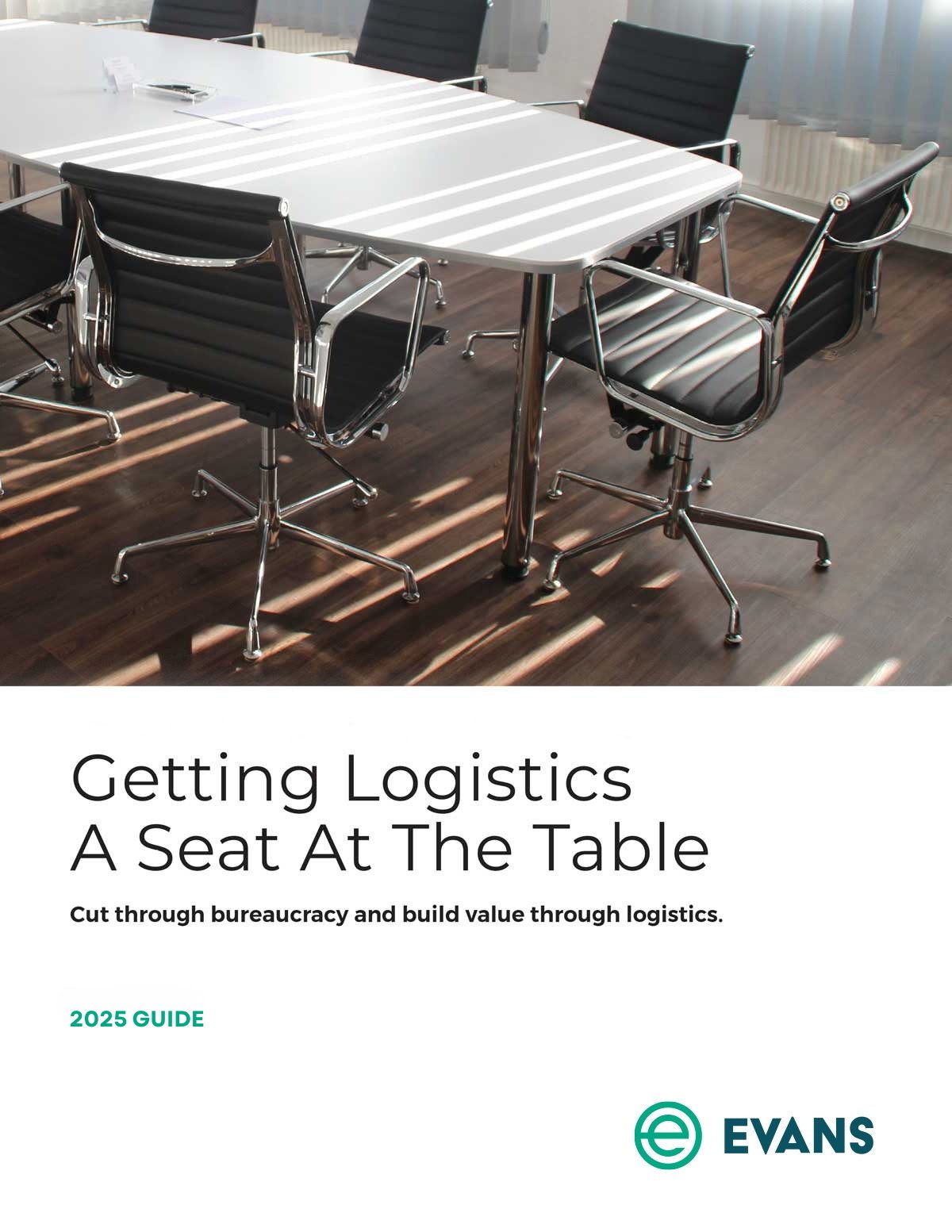Selecting a TMS? These 5 questions can help you determine the ideal system based on your need for customization, integration, scalability, and more.
Transportation management systems (TMS) offer a host of valuable new options for streamlining your shipping. A modern system can be up and running — and saving you money — within weeks. But there are now so many decent options on the market, how do you go about selecting a TMS that is right for your operation?
If you are looking for a TMS that will drive efficiencies, reduce freight transportation costs, improve visibility for your business, and allow you to better serve your customers, consider these five questions.
Start with a business-focused approach in selecting a TMS
If you’re searching for how to upgrade or even where to begin with a TMS, start with your business’ needs. Here are five questions to guide your search.
1. Do you want out-of-the-box or custom?
Many TMS offer “out-of-the-box” options. When you choose to plug and play with a TMS, you get the standard options. You will use the platform’s interface as is, without accommodating any of your business’ special needs. Pricing for upgrades and add-ons is variable. If you realize after the fact that you need even small changes to support your shipping practices, they may be expensive or impossible to accommodate.
Creating a customized TMS starts with a review of the current state of your business. With recommendations for best practices and streamlining, the result is a one-of-a-kind system built to work for your unique needs. Workflow, invoicing — it’s all considered in the development of a custom TMS. Need changes? No problem. You are working with an adaptable platform.
2. Do you want integration or web access?
There are two options for TMS access: integration and web access. How do you choose?
Web access is quicker to turn on and less costly on the front-end. Additionally, web access is a good choice for shippers with small IT teams because your TMS provider will handle most technical issues. The downside? If you choose web access, your TMS will operate outside of your existing systems, requiring the export of data prior to amalgamation and analysis.
Integration takes longer to set up and costs more on the front-end. Ultimately, however, it will save you time and money. Why? Integration aligns your TMS with your existing systems, bringing all data under one roof. You will experience efficiencies — like fewer “clicks” between screens and platforms and a reduced risk of letting valuable data slip through the cracks during analysis.
One of the reasons we like MercuryGate TMS: it offers both integration and web access. Every business is different and MercuryGate’s flexibility allows us to meet every business’ needs.
3. Do you need a basic system or something scalable?
If you are looking for an out-of-the-box option, you are probably concerned about the costs of custom and scalable options.
Opting for an out-of-the-box TMS will save you time and money on the front-end. The catch? An out-of-the-box TMS will help your business grow, but it will not scale to meet your growing business’ changing needs. For this reason, we recommend selecting a customizable and scalable TMS.
Start streamlined for lower cost, quick start-up, and easy adoption. Then, as your business grows and you identify the precise areas of value provided by your TMS, you can augment those precise areas of value via solutions for scale.
For example, let’s look at reporting. In the beginning, you might not need more than basic spreadsheets. But down the road, your reporting needs might change. With a TMS like MercuryGate, you can upgrade your reporting capabilities from spreadsheets to beautiful, interactive, and completely customizable live-data dashboards.

